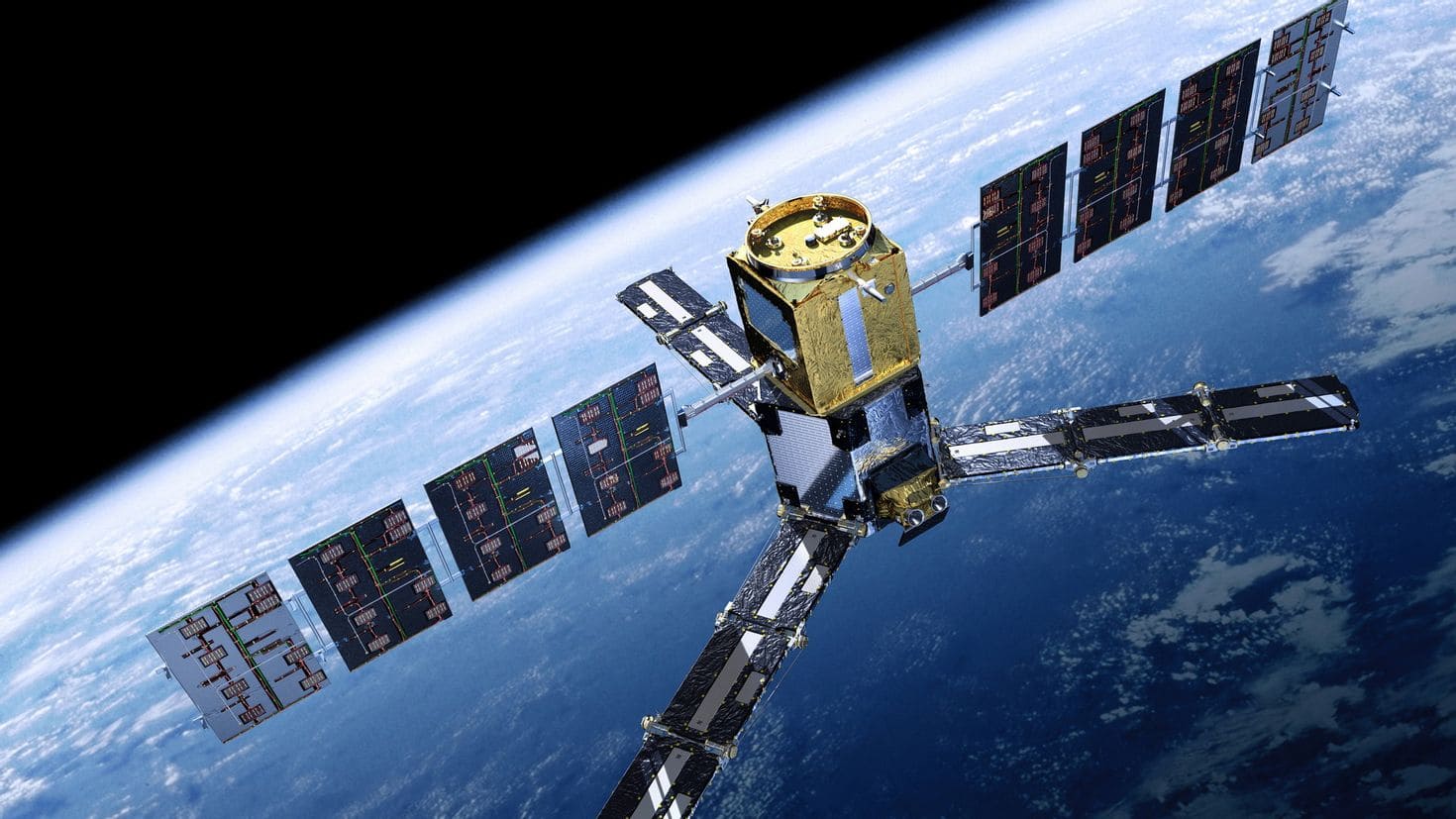On 20 March, China’s Queqiao-2 relay satellite was launched from the Wenchang spaceport on Hainan Island, south of China, on a Long March-8 Y3 launch vehicle. The satellite is the second in a series of satellites designed to support the fourth phase of China’s lunar exploration programme. After a 119-hour journey, the satellite reached the moon on 24 March and successfully performed a perilunar deceleration manoeuvre at a distance of about 440 km from the lunar surface. This allowed it to enter lunar orbit and begin transmitting messages from missions on the far side of the moon near the south pole. Queqiao-2 will soon communicate with the Chang’e-4 lander, rover and the Chang’e-6 sample return mission. The satellite will also provide support for the Chang’e-7 and Chang’e-8 missions planned for 2026 and 2028, respectively. These missions include an orbiter, rovers, landing platforms, and a platform to test technologies needed to build the International Lunar Research Station (ILRS).
The perilunar deceleration manoeuvre is an important step for establishing a lunar orbit and consists of using propulsion as the spacecraft approaches the Moon. This reduces the relative velocity of the spacecraft to a value less than the lunar escape velocity so that it is captured by the moon’s gravity. The two experimental satellites Tiandu-1 and Tiandu-2, accompanying the Queqiao-2 relay satellite, also performed a braking manoeuvre and entered lunar orbit. These satellites will be in an elliptical lunar orbit and conduct communication and navigation tests, including laser communication with the moon and microwave communication with each other.
Queqiao-2 will be in a highly elliptical orbit and provide direct visibility with ground stations on Earth and the far side of the Moon. It will use its 4.2-metre diameter parabolic antenna to communicate with the Chang’e-4 and Chang’e-6 missions. The satellite also carries scientific instruments including cameras for ultraviolet imaging, neutral atom imaging and a system to test lunar orbital very long baseline interferometry (VLBI). China’s lunar exploration programme aims to compete with the US Artemis programme. The Chinese programme aims to establish a joint project with Russia, a Lunar Base and a sustainable lunar exploration programme. China plans to send the next Artemis II mission next year, with a mission to the lunar surface planned for 2026. Chinese satellites such as Queqiao-2 relay satellite will support these missions and promote lunar exploration.



